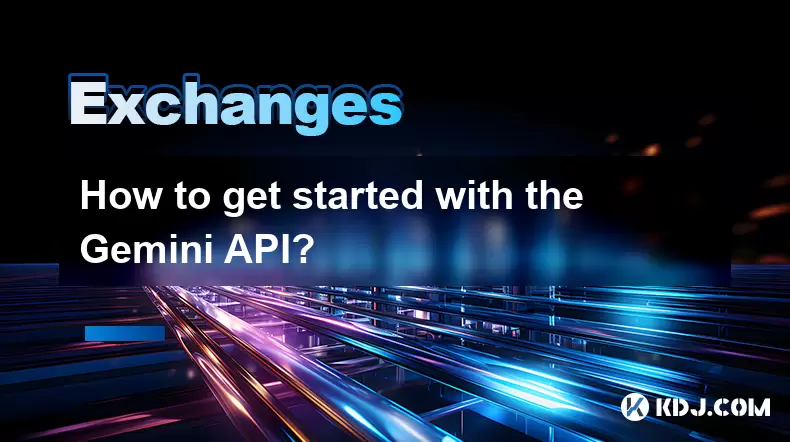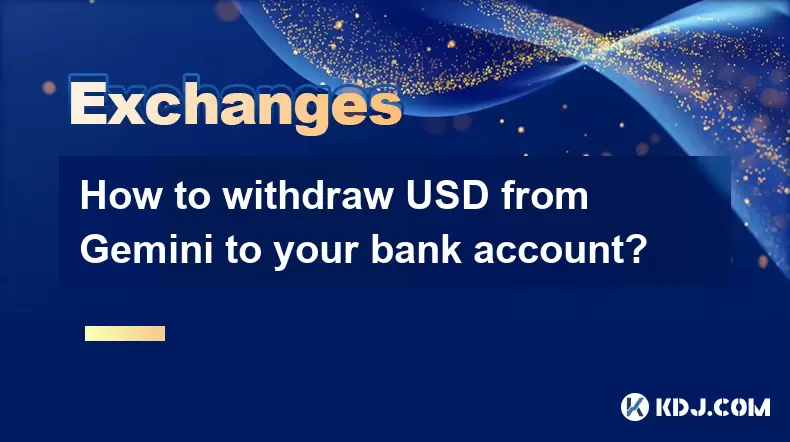-
 Bitcoin
Bitcoin $115000
0.12% -
 Ethereum
Ethereum $3701
4.50% -
 XRP
XRP $3.081
2.99% -
 Tether USDt
Tether USDt $0.0000
-0.01% -
 BNB
BNB $767.9
1.45% -
 Solana
Solana $169.5
3.13% -
 USDC
USDC $0.9999
0.01% -
 Dogecoin
Dogecoin $0.2106
4.30% -
 TRON
TRON $0.3334
1.62% -
 Cardano
Cardano $0.7564
2.54% -
 Stellar
Stellar $0.4165
0.76% -
 Hyperliquid
Hyperliquid $38.75
0.25% -
 Sui
Sui $3.593
3.00% -
 Chainlink
Chainlink $17.08
3.59% -
 Bitcoin Cash
Bitcoin Cash $573.6
4.35% -
 Hedera
Hedera $0.2508
-0.84% -
 Avalanche
Avalanche $23.07
6.46% -
 Ethena USDe
Ethena USDe $1.001
-0.02% -
 Litecoin
Litecoin $120.8
8.17% -
 UNUS SED LEO
UNUS SED LEO $8.943
-0.32% -
 Toncoin
Toncoin $3.400
-5.60% -
 Shiba Inu
Shiba Inu $0.00001255
1.54% -
 Uniswap
Uniswap $9.908
6.32% -
 Polkadot
Polkadot $3.718
2.10% -
 Monero
Monero $303.0
-0.74% -
 Dai
Dai $0.9999
-0.02% -
 Bitget Token
Bitget Token $4.392
0.91% -
 Cronos
Cronos $0.1403
6.31% -
 Pepe
Pepe $0.00001076
1.13% -
 Aave
Aave $267.2
1.80%
Binance stop-loss setting: key steps in risk control
Binance offers stop-loss orders—like stop-limit, stop-market, and trailing stops—to help traders manage risk and protect capital in volatile crypto markets.
Jun 11, 2025 at 11:42 pm

Understanding the Importance of Stop-Loss Orders on Binance
When trading cryptocurrencies on Binance, managing risk is crucial due to the volatile nature of digital assets. One of the most effective tools traders use for this purpose is the stop-loss order. A stop-loss helps limit potential losses by automatically closing a position once the price reaches a predetermined level. This feature is especially valuable in fast-moving markets where manual monitoring isn't feasible.
On Binance, stop-loss orders can be applied to both spot and futures trading, offering flexibility depending on your strategy. It’s important to understand how these orders function within the platform's interface and what types of stop-loss mechanisms are available. By mastering this tool, you can protect your capital and avoid emotional decision-making during market downturns.
Types of Stop-Loss Orders Available on Binance
Binance offers several types of stop-loss orders tailored to different trading scenarios:
- Stop-Limit Order: This allows you to set a specific trigger price and a limit price at which your order will execute. While it gives more control over execution price, there's a risk that the order may not get filled if the market moves too quickly.
- Stop-Market Order: In this case, once the trigger price is reached, the order becomes a market order, ensuring execution but potentially at a less favorable price in highly volatile conditions.
- Trailing Stop Order: This advanced feature adjusts the stop price based on a percentage or fixed amount relative to the current market price, helping lock in profits while allowing room for price fluctuations.
Each type has its pros and cons, so selecting the right one depends on your trading style, market conditions, and risk tolerance.
How to Set a Stop-Loss Order in Binance Spot Trading
To apply a stop-loss order when trading spot assets on Binance, follow these detailed steps:
- Log into your Binance account and navigate to the trading interface.
- Select the cryptocurrency pair you're interested in, such as BTC/USDT.
- Click on the "Order" section below the chart.
- Choose "Stop-Limit" or "Stop-Market" from the dropdown menu.
- Enter the quantity of the asset you want to trade.
- Input your stop price, which is the level at which the order will be triggered.
- If using a stop-limit, also specify the limit price at which you want the order to execute.
- Double-check all fields and click "Buy" or "Sell" depending on your position.
- Confirm the order placement via email or 2FA if enabled.
This process ensures your position is protected against sudden adverse price movements without requiring constant supervision.
Setting a Stop-Loss in Binance Futures Trading
For users engaging in futures trading, Binance provides additional options for setting stop-loss parameters:
- Access your Futures account on Binance and choose the contract you wish to trade.
- Open the order form located next to the chart.
- Select "Stop" under the order type.
- Enter the position size and the stop price.
- Optionally, set a take-profit level alongside the stop-loss to manage both gains and losses.
- Review the margin requirements and confirm your order.
In futures trading, stop-loss orders play a critical role in preventing liquidation. Since leverage amplifies both gains and losses, using stop-loss orders is essential for preserving capital and avoiding margin calls.
Using Trailing Stop Orders Effectively
A trailing stop is particularly useful for traders who want to let profits run while still protecting themselves from reversals. Here's how to set one up on Binance:
- Navigate to the order panel for the relevant trading pair.
- Switch to "Trailing Stop" mode.
- Enter the callback rate (e.g., 0.5%) or the fixed amount you're comfortable with.
- The system will adjust the stop price dynamically as the market moves in your favor.
- Ensure that the activation price is correctly set if required.
This method allows traders to maintain positions during uptrends or downtrends without manually adjusting stop levels constantly. However, it’s important to test this feature in a demo environment before applying it to live trades.
Frequently Asked Questions About Stop-Loss on Binance
Q: Can I modify a stop-loss order after placing it?
Yes, you can edit an existing stop-loss order by going to the "Orders" tab, finding the open order, and clicking "Modify". You’ll need to adjust the stop price or quantity accordingly.
Q: Do stop-loss orders work when my computer or app is offline?
As long as the order is successfully placed on the Binance server, it will remain active even if you log out or close the app. However, ensure that your internet connection is stable when placing the order initially.
Q: Why didn’t my stop-loss order execute during a sharp market drop?
If the market gaps past your stop price, especially in high volatility, a stop-limit order might not get filled. Consider using a stop-market order in such cases to ensure execution, although it may fill at a worse price.
Q: Is it possible to set multiple stop-loss orders on the same position?
No, Binance only allows one stop-loss per position. However, you can combine a trailing stop with a fixed stop-loss using third-party tools or strategies outside the native platform features.
Disclaimer:info@kdj.com
The information provided is not trading advice. kdj.com does not assume any responsibility for any investments made based on the information provided in this article. Cryptocurrencies are highly volatile and it is highly recommended that you invest with caution after thorough research!
If you believe that the content used on this website infringes your copyright, please contact us immediately (info@kdj.com) and we will delete it promptly.
- Velo Universe, DEX, and DeFi Security: Navigating the Future of Decentralized Trading
- 2025-08-05 09:25:13
- Bitget Wallet Revolutionizes Solana with Gas-Free Transactions: A New Era for DeFi
- 2025-08-05 09:25:13
- Ozak AI, Crypto Boom, and ROI Potential: Is This the Next Big Thing?
- 2025-08-05 09:25:24
- Solana's ETF Hopes & the All-Time High Chase: Is SOL Set to Soar?
- 2025-08-05 09:25:24
- Coinbase's Brian Armstrong and the Art of Focused Work: A Deep Dive
- 2025-08-05 09:25:30
- Uniswap Price Prediction: Bullish Reversal on the Horizon?
- 2025-08-05 09:25:30
Related knowledge

How to set and manage alerts on the Gemini app?
Aug 03,2025 at 11:00am
Understanding the Gemini App Alert SystemThe Gemini app offers users a powerful way to stay informed about their cryptocurrency holdings, price moveme...

How to use the Gemini mobile app to trade on the go?
Aug 04,2025 at 09:14am
Setting Up the Gemini Mobile AppTo begin trading on the go using the Gemini mobile app, the first step is installing the application on your smartphon...

What to do if you forgot your Gemini password?
Aug 04,2025 at 03:42am
Understanding the Role of Passwords in Gemini AccountsWhen using Gemini, a regulated cryptocurrency exchange platform, your password serves as one of ...

What are the websocket feeds available from the Gemini API?
Aug 03,2025 at 07:43pm
Overview of Gemini WebSocket FeedsThe Gemini API provides real-time market data through its WebSocket feeds, enabling developers and traders to receiv...

How to get started with the Gemini API?
Aug 05,2025 at 12:35pm
Understanding the Gemini API and Its PurposeThe Gemini API is a powerful interface provided by the cryptocurrency exchange Gemini, enabling developers...

How to withdraw USD from Gemini to your bank account?
Aug 04,2025 at 11:01am
Understanding Gemini and USD WithdrawalsGemini is a regulated cryptocurrency exchange platform that allows users to buy, sell, trade, and store digita...

How to set and manage alerts on the Gemini app?
Aug 03,2025 at 11:00am
Understanding the Gemini App Alert SystemThe Gemini app offers users a powerful way to stay informed about their cryptocurrency holdings, price moveme...

How to use the Gemini mobile app to trade on the go?
Aug 04,2025 at 09:14am
Setting Up the Gemini Mobile AppTo begin trading on the go using the Gemini mobile app, the first step is installing the application on your smartphon...

What to do if you forgot your Gemini password?
Aug 04,2025 at 03:42am
Understanding the Role of Passwords in Gemini AccountsWhen using Gemini, a regulated cryptocurrency exchange platform, your password serves as one of ...

What are the websocket feeds available from the Gemini API?
Aug 03,2025 at 07:43pm
Overview of Gemini WebSocket FeedsThe Gemini API provides real-time market data through its WebSocket feeds, enabling developers and traders to receiv...

How to get started with the Gemini API?
Aug 05,2025 at 12:35pm
Understanding the Gemini API and Its PurposeThe Gemini API is a powerful interface provided by the cryptocurrency exchange Gemini, enabling developers...

How to withdraw USD from Gemini to your bank account?
Aug 04,2025 at 11:01am
Understanding Gemini and USD WithdrawalsGemini is a regulated cryptocurrency exchange platform that allows users to buy, sell, trade, and store digita...
See all articles

























































































